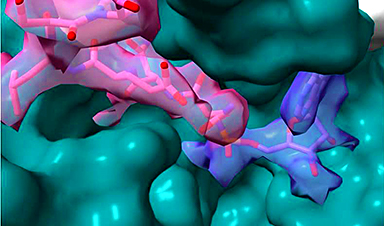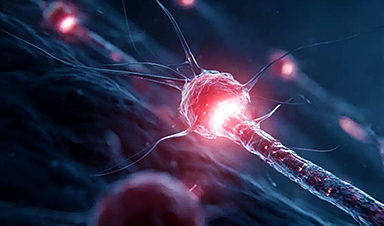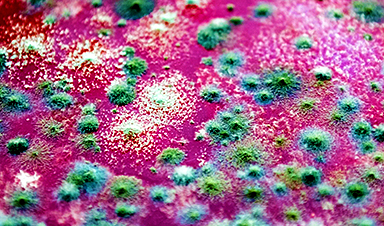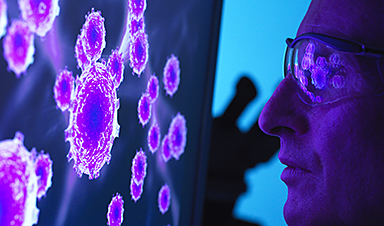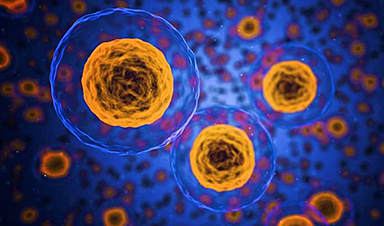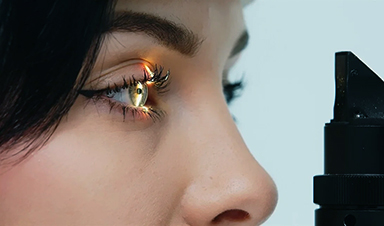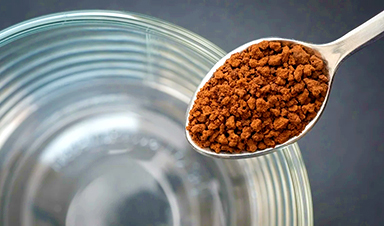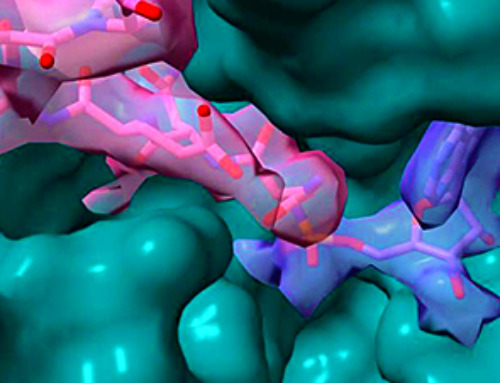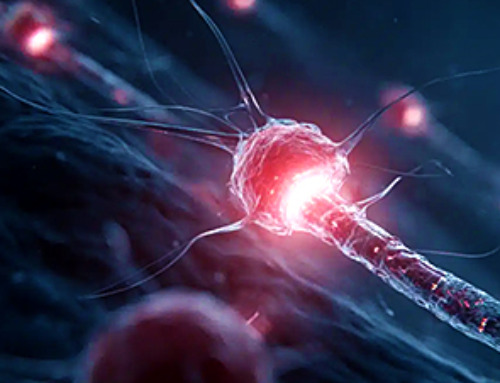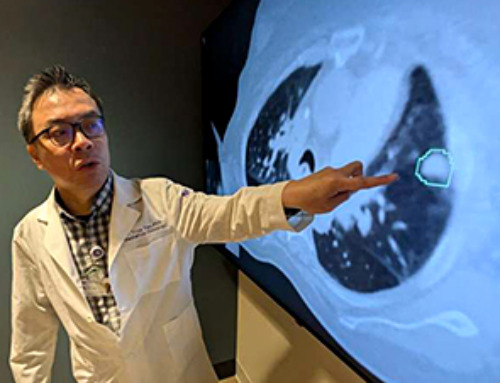Summary: Researchers developed an AI-based method to track neurons in moving and deforming animals, a significant advancement in neuroscience research. This convolutional neural network (CNN) method overcomes the challenge of tracking brain activity in organisms like worms, whose bodies constantly change shape.
By employing ‘targeted augmentation’, the AI significantly reduces the need for manual image annotation, streamlining the neuron identification process. Tested on the roundworm Caenorhabditis elegans, this technology has not only increased analysis efficiency but also deepened insights into complex neuronal behaviors.
Key Facts:
- Innovative AI Technique: The CNN method automatically synthesizes annotations, learning internal brain deformations to adapt to new postures.
- Efficiency in Analysis: This approach triples the analysis throughput compared to full manual annotation, dramatically saving time and effort in research.
- Application and Findings: Applied to the neuron-rich roundworm Caenorhabditis elegans, the method revealed complex interneuron behaviors and responses to stimuli.
Source: EPFL
Recent advances allow imaging of neurons inside freely moving animals. However, to decode circuit activity, these imaged neurons must be computationally identified and tracked. This becomes particularly challenging when the brain itself moves and deforms inside an organism’s flexible body, e.g. in a worm. Until now, the scientific community has lacked the tools to address the problem.
Now, a team of scientists from EPFL and Harvard have developed a pioneering AI method to track neurons inside moving and deforming animals. The study, now published in Nature Methods, was led by Sahand Jamal Rahi at EPFL’s School of Basic Sciences.
The new method is based on a convolutional neural network (CNN), which is a type of AI that has been trained to recognize and understand patterns in images. This involves a process called “convolution”, which looks at small parts of the picture – like edges, colors, or shapes – at a time and then combines all that information together to make sense of it and to identify objects or patterns.
The problem is that to identify and track neurons during a movie of an animal’s brain, many images have to be labeled by hand because the animal appears very differently across time due to the many different body deformations. Given the diversity of the animal’s postures, generating a sufficient number of annotations manually to train a CNN can be daunting.
To address this, the researchers developed an enhanced CNN featuring ‘targeted augmentation’. The innovative technique automatically synthesizes reliable annotations for reference out of only a limited set of manual annotations. The result is that the CNN effectively learns the internal deformations of the brain and then uses them to create annotations for new postures, drastically reducing the need for manual annotation and double-checking.
The new method is versatile, being able to identify neurons whether they are represented in images as individual points or as 3D volumes. The researchers tested it on the roundworm Caenorhabditis elegans, whose 302 neurons have made it a popular model organism in neuroscience.
Using the enhanced CNN, the scientists measured activity in some of the worm’s interneurons (neurons that bridge signals between neurons). They found that they exhibit complex behaviors, for example changing their response patterns when exposed to different stimuli, such as periodic bursts of odors.
The team have made their CNN accessible, providing a user-friendly graphical user interface that integrates targeted augmentation, streamlining the process into a comprehensive pipeline, from manual annotation to final proofreading.
“By significantly reducing the manual effort required for neuron segmentation and tracking, the new method increases analysis throughput three times compared to full manual annotation,” says Sahand Jamal Rahi.
“The breakthrough has the potential to accelerate research in brain imaging and deepen our understanding of neural circuits and behaviors.”
News
Team finds flawed data in recent study relevant to coronavirus antiviral development
The COVID pandemic illustrated how urgently we need antiviral medications capable of treating coronavirus infections. To aid this effort, researchers quickly homed in on part of SARS-CoV-2's molecular structure known as the NiRAN domain—an [...]
Drug-Coated Neural Implants Reduce Immune Rejection
Summary: A new study shows that coating neural prosthetic implants with the anti-inflammatory drug dexamethasone helps reduce the body’s immune response and scar tissue formation. This strategy enhances the long-term performance and stability of electrodes [...]
Scientists discover cancer-fighting bacteria that ‘soak up’ forever chemicals in the body
A family of healthy bacteria may help 'soak up' toxic forever chemicals in the body, warding off their cancerous effects. Forever chemicals, also known as PFAS (per- and polyfluoroalkyl substances), are toxic chemicals that [...]
Johns Hopkins Researchers Uncover a New Way To Kill Cancer Cells
A new study reveals that blocking ribosomal RNA production rewires cancer cell behavior and could help treat genetically unstable tumors. Researchers at the Johns Hopkins Kimmel Cancer Center and the Department of Radiation Oncology and Molecular [...]
AI matches doctors in mapping lung tumors for radiation therapy
In radiation therapy, precision can save lives. Oncologists must carefully map the size and location of a tumor before delivering high-dose radiation to destroy cancer cells while sparing healthy tissue. But this process, called [...]
Scientists Finally “See” Key Protein That Controls Inflammation
Researchers used advanced microscopy to uncover important protein structures. For the first time, two important protein structures in the human body are being visualized, thanks in part to cutting-edge technology at the University of [...]
AI tool detects 9 types of dementia from a single brain scan
Mayo Clinic researchers have developed a new artificial intelligence (AI) tool that helps clinicians identify brain activity patterns linked to nine types of dementia, including Alzheimer's disease, using a single, widely available scan—a transformative [...]
Is plastic packaging putting more than just food on your plate?
New research reveals that common food packaging and utensils can shed microscopic plastics into our food, prompting urgent calls for stricter testing and updated regulations to protect public health. Beyond microplastics: The analysis intentionally [...]
Aging Spreads Through the Bloodstream
Summary: New research reveals that aging isn’t just a local cellular process—it can spread throughout the body via the bloodstream. A redox-sensitive protein called ReHMGB1, secreted by senescent cells, was found to trigger aging features [...]
AI and nanomedicine find rare biomarkers for prostrate cancer and atherosclerosis
Imagine a stadium packed with 75,000 fans, all wearing green and white jerseys—except one person in a solid green shirt. Finding that person would be tough. That's how hard it is for scientists to [...]
Are Pesticides Breeding the Next Pandemic? Experts Warn of Fungal Superbugs
Fungicides used in agriculture have been linked to an increase in resistance to antifungal drugs in both humans and animals. Fungal infections are on the rise, and two UC Davis infectious disease experts, Dr. George Thompson [...]
Scientists Crack the 500-Million-Year-Old Code That Controls Your Immune System
A collaborative team from Penn Medicine and Penn Engineering has uncovered the mathematical principles behind a 500-million-year-old protein network that determines whether foreign materials are recognized as friend or foe. How does your body [...]
Team discovers how tiny parts of cells stay organized, new insights for blocking cancer growth
A team of international researchers led by scientists at City of Hope provides the most thorough account yet of an elusive target for cancer treatment. Published in Science Advances, the study suggests a complex signaling [...]
Nanomaterials in Ophthalmology: A Review
Eye diseases are becoming more common. In 2020, over 250 million people had mild vision problems, and 295 million experienced moderate to severe ocular conditions. In response, researchers are turning to nanotechnology and nanomaterials—tools that are transforming [...]
Natural Plant Extract Removes up to 90% of Microplastics From Water
Researchers found that natural polymers derived from okra and fenugreek are highly effective at removing microplastics from water. The same sticky substances that make okra slimy and give fenugreek its gel-like texture could help [...]
Instant coffee may damage your eyes, genetic study finds
A new genetic study shows that just one extra cup of instant coffee a day could significantly increase your risk of developing dry AMD, shedding fresh light on how our daily beverage choices may [...]
